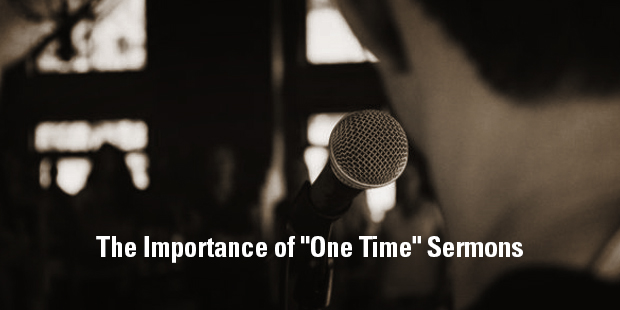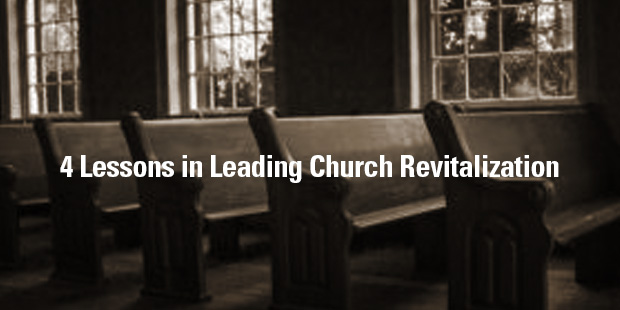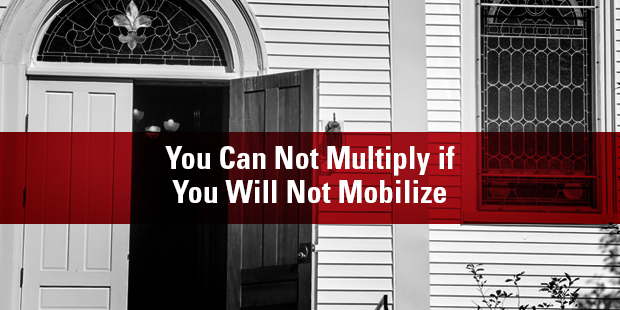
Growing People Beyond the Baptistry
One of the most exciting moments within the life of a church is when someone comes to know Jesus Christ as Savior. We celebrate having new believers in our churches, but are we leading them to become lifelong disciples of Jesus?
Are we helping them continue through the transformation process or are we leaving them in convert mode?
Conversion is not the end. It is the glorious beginning.
We have become masters at getting “decisions.” Conversion is a powerful event in the life of the believer. It is a great moment. But it isn’t the end of the game. Converting those decisions into disciples must be part of the church’s purpose.
Sometimes we put such an emphasis on that moment, we make people think that is all we are after. The not-so-funny joke is that some people are willing to receive Christ just so the pastor will leave them alone. Our goal is often for conversions. But God’s goal is for transformation, which really just begins at conversion.
Paul remarks in his letter to the Philippians (1:6), “He who began a good work in you will carry it on to completion.” Conversion is central to the beginning of new life, being relocated (spiritually) to another kingdom. Colossians 1:13 tells us that we are “transferred through the domain of darkness into the kingdom of the Son He loves.”
They have been born again, Jesus says in John 3. So there is now a spiritual life present now that was not present before. The Spirit of God dwells in them. They have new life. They are a new creation in Christ even as Christ in them is the “hope of glory.” But that event is not the end. It is a taste of the ongoing transformation that will come.
Spiritual growth should always follow spiritual birth.
How do we follow up for spiritual growth?
It’s a really bad idea to give birth to a baby and leave them on their own. We call that abandonment. People go to jail for that—and rightfully so. But I think sometimes we do that in church.
I call people to trust and respond to Christ every week in our church service. We ask them to share that decision through a card. Others use an altar call where new believers are connected with an established believer.
Whatever you use, it is at this point the process of partnership in spiritual growth is now stewarded to you and your church. We need to prioritize the discipling of anyone who has trusted Christ in our church.
When a church I helped start had ten people, I would meet with that person the same week. Now that our church has grown, I am not necessarily the person who meets with that new believer (unless they are in my neighborhood).
But in that context we grew to where we had dozens of groups that became the “under shepherds,” leading people into the spiritual growth process. Those groups were made of small group leaders—lay pastors in a sense—who were empowered to do the disciple making.
It is essential that someone connects with a new believer. As a matter of fact, I would say that there is no more important person in the life of the church, my church and yours, than the person who has just called upon the name of King Jesus for Salvation.
Spiritual mentoring creates a pathway to stabilization
Why is it so important to connect a new convert with someone who will walk through the spiritual growth process? More often than not people respond to Christ because they are in a life crisis, not just because they wake up feeling the need to be closer to Christ.
Adults who become Christians usually do so because of a challenging situation of some sort, and that means they probably need some help, and often need it fast.
A person who responds to Christ in a crisis then needs three types of stabilization, as I first heard from my friend Dan Morgan. And a journey companion can help with each of these.
Personal Stabilization – Most of the adults who I see trust Christ are doing so as their marriage is in trouble, or they’ve just had a drunk driving incident or whatever it may be. They need personal stabilization. Their personal life is spinning out of control. They are facing and making some crazy decisions. Becoming personally stable is part of what happens during spiritual transformation. So we have people in our church who can help with that.
Relational Stabilization – Now that they’ve become a believer they’re probably leaving behind some things and certain people behind who aren’t on board with their new life. These are usually people with whom they used to get into trouble, and some who helped them into the crisis God used to reach them. Losing friends and family can sometimes be part of following Jesus—not because that is our desire, but sometimes because the old friends aren’t too keen about that new life. But, either way, it isn’t easy. So they need people who can help with relational stabilization.
Doctrinal Stabilization – The unregenerated person does not think properly about God, life, truth, etc. So part of the discipleship process is renewal of our mind. We know “all Scripture is inspired by God and is profitable for teaching, for rebuking, for correcting, for training in righteousness.” (2 Timothy 3:16) So the convert will definitely need to exchange their belief system for God’s truth. However, most follow up only focuses on doctrinal stabilization.
Yes, let’s teach them what they need to know, but there may be some other stabilization that needs to take place first. Eventually good doctrine will help sustain them through crisis. But in a crisis, a whole new set of truths is not the only thing that is needed.
Spiritual mentoring is follow-up that encourages following.
This piece won’t answer every question, but I mainly want to remind us all that we need to immediately help people grow—and to do so through a process.
Every church needs a pathway which will provide direction for their discipleship plan, and also show how they grow together as a church. So we want them to travel on the pathway—maybe through classes, intentional relationships, a workbook, and more. But particularly when they’re older we want to recognize there’s probably a lot of instability we need to engage.
Part of that process has to involve people. The best thing you can offer a new believer is an older believer. It doesn’t have to be someone older in age, but rather someone who has been walking with Jesus for a longer period of time and experienced ongoing life-transformation themselves.

Tags: Conversion, Conversion and Discipleship, Discipleship, Ed Stetzer

























